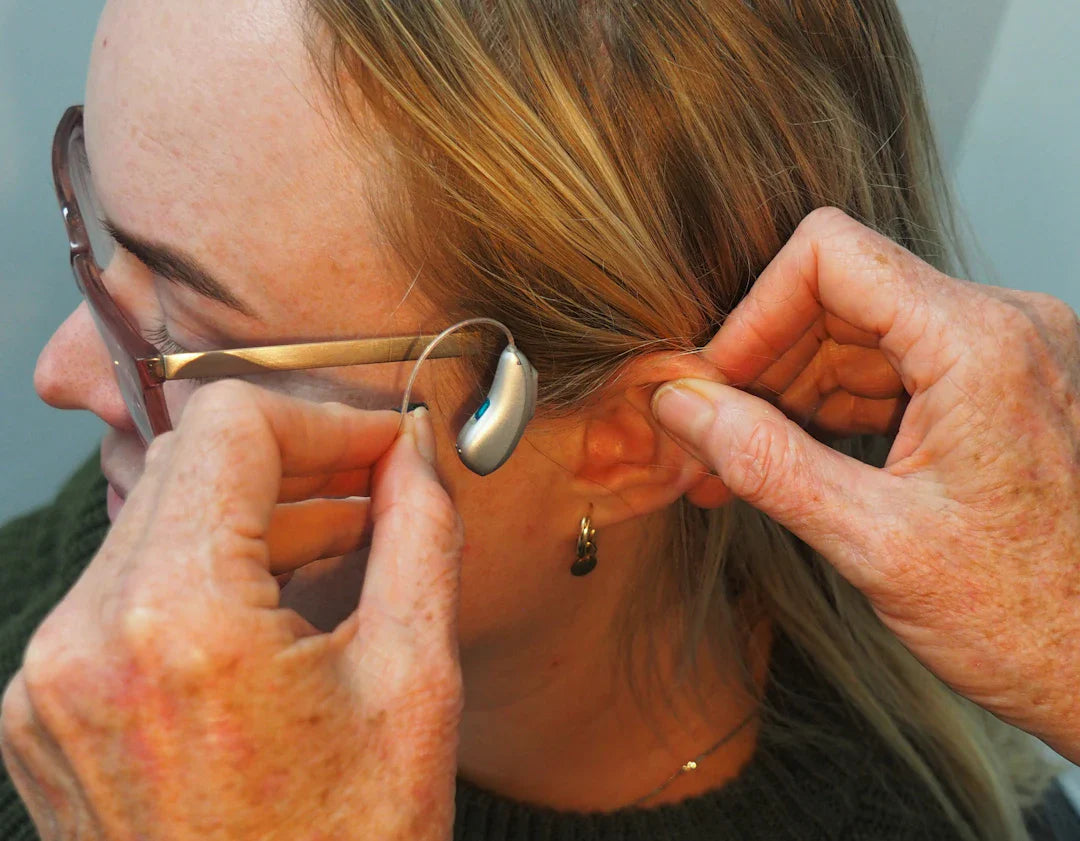When it comes to hearing health, your hearing aid is your most valuable ally. It enhances your ability to communicate and enjoy audio experiences that many take for granted. However, like any electronic device, hearing aids sometimes require repair or replacement. In this comprehensive guide, we will explore the ins and outs of handling hearing aid repair, along with valuable tips for ensuring your devices remain in optimal condition. Along the way, we’ll touch upon essential tools like Oticon T-cap microphone covers and how they can play a vital role in your hearing care.
The Importance of Regular Maintenance
Your hearing aids are technical instruments designed to optimise your auditory experience, but they need regular care. Routine maintenance can prolong the life of your hearing aids and prevent major issues from arising. Here are some simple steps to incorporate into your hearing care routine:
Daily Cleaning
It's essential to clean your hearing aids daily. Dust, moisture, and wax can build up and disrupt their functionality. Use a soft, dry cloth to wipe down the exterior and ensure that the microphone ports are clear. Consider purchasing cleaning kits specifically designed for hearing aids, as they often include brushes and picks to reach those hard-to-find places.
Proper Storage
When you're not using your hearing aids, store them in a dry, cool place, ideally in a protective case. Avoid leaving them in humid environments or direct sunlight, as excessive heat and moisture can cause damage over time.
Identifying Signs of Trouble
Knowing when your hearing aid requires repair or replacement is crucial. Below are common signs that indicate you may need assistance:
Sound Distortion
If you notice sudden distortion or feedback when wearing your hearing aids, it could signal a problem. This could be due to clogged microphones, an accumulation of earwax, or damaged components. Taking immediate action can help prevent further damage.
Battery Issues
Do your batteries seem to run out faster than usual? Regularly changing your batteries is essential, but if you discover they're depleting rapidly regardless of freshness, it may signal a malfunction. Getting your hearing aids checked by a professional can help determine if a repair is needed.
Steps to Repair Your Hearing Aids
When your hearing aids show signs of distress, it’s essential to take the right steps for hearing care. Here’s a structured approach to repairing your devices:
Self-Assessment
Before you rush to a professional, perform a quick self-assessment to determine the nature of the problem. Check for basic issues such as:
- Blocked microphone ports or speaker
- Damaged tubing or cracks in the casing
- Dirty battery contacts
Contact a Hearing Care Professional
If the problem persists after your assessment, it's wise to consult with a hearing care professional. They can carry out a thorough analysis and provide guidance on repair options. Many professionals offer in-office repairs that can get you back to your optimum hearing quickly.
Manufacturer Support
Don’t forget about the manufacturer’s support options. If your hearing aids are under warranty or protection plans, take advantage of these resources. Often, manufacturers will handle repairs or replacements at little or no cost if the issue falls under their warranty conditions. Remember, proper documentation and communication are key in these scenarios.
Replacement: When Is It Time?
Despite the best care, there comes a time when some hearing aids may not be worth the repair costs. Understanding when to replace your device can save you hassle and money in the long run.
Age of Your Hearing Aids
Most hearing aids have a lifespan of 5 to 7 years. If your hearing aids are approaching this age and require frequent repairs, it may be worth assessing newer models with advanced technology. Enhanced features could lead to better sound quality and connectivity with modern devices.
Advancements in Technology
The world of hearing aids is continually evolving, with new technologies emerging regularly. If your current model lacks essential features, such as Bluetooth connectivity or noise reduction capabilities, consider exploring your replacement options. State-of-the-art devices can significantly enhance your auditory experience.
Choosing the Right Replacement
Once you’ve decided to replace your hearing aids, the next step is selecting the right model to suit your needs. Here are some considerations:
Consult a Hearing Care Professional
Working with a hearing specialist can help you determine which device is the best fit based on your audiometric profile and lifestyle. They'll guide you through the latest technologies and features available to manage your hearing care more effectively.
Focus on Comfort and Usability
Hearing aids come in various styles and sizes, so comfort and ease of use should be top priorities. If possible, ask for trial sessions with various models. A perfect fit will ensure that you wear your device consistently, ensuring optimal hearing.
Check for Accessories
Consider any accessories that could enhance your hearing experience. Accessories such as Oticon T-cap microphone covers can maximise the performance of your device. These can provide additional protection from dust and moisture, increasing longevity.
Caring for Your Replacement Hearing Aids
Once you’ve made the transition to new hearing aids, you need to adopt the same maintenance routine to maximise their lifespan:
Routine Cleaning
Just as with your previous devices, routine cleaning after each use is fundamental to maintaining your new hearing aids. Proper care will help you avoid some of the pitfalls that could occur with damaged or malfunctioning devices. Ensure that any Oticon T-cap microphone covers are also cleaned regularly to ensure optimal performance.
Stay Informed
Familiarise yourself with the user guide and advice provided by the manufacturer for your new devices. Knowing how to operate and maintain your hearing aids can avert potential issues down the line.
Regular Follow-Ups
Check in with your hearing care professional for regular assessments. Have your hearing tested periodically to ensure that your devices are still meeting your needs accurately. Regular follow-ups can help you catch any minor issues before they become major problems.
Empowering Your Hearing Journey
Your journey towards better hearing doesn’t need to be daunting, whether you are handling repairs or considering replacements. Proper maintenance, awareness of issues, and knowing when to consult a professional can make all the difference. With the right tools like Oticon T-cap microphone covers and a proactive approach to your hearing care, you can ensure a seamless listening experience for years to come.
Engaging in your hearing health strategy ensures that you are maximising the benefits of your hearing aids while also minimising inconveniences related to repairs and replacements. Remember, it's all about finding the right harmony between technology, care, and your unique auditory needs.




